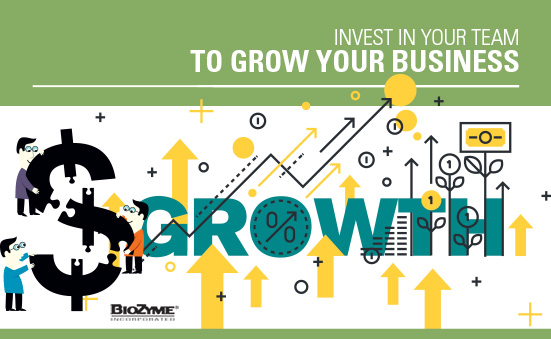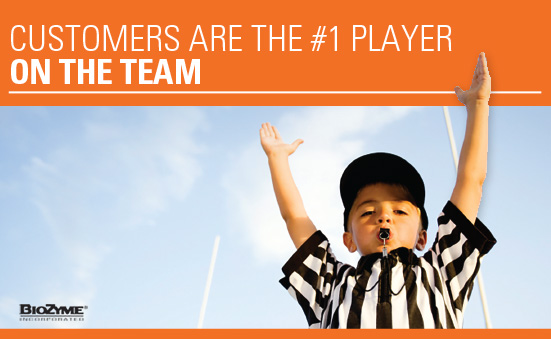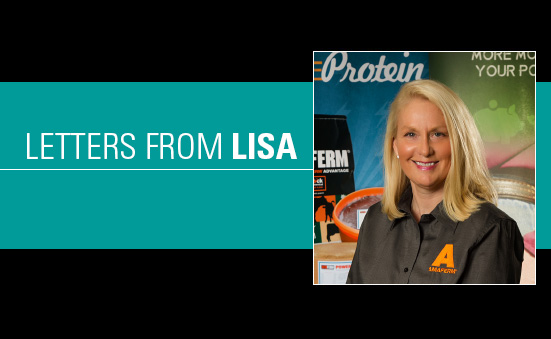Motivation is the little extra nudge of encouragement that people need to take the next step in the right direction. You are probably continually looking for ways to motivate your customers to buy or try new products or motivate your sales force to increase your sales. There are ways to motivate both your staff and your customers to help your sales figures increase; however, you need to make sure that your budget will benefit and not break from these incentives and promotions.
Although promotions can certainly be useful, be sure your business is benefitting from the promotion. Promotions are not effective if all you are accomplishing is reducing the profit margin on products you would have sold anyway. If you do run a promotion, make sure it is for a new product that you are offering or one for a product in which you truly want to increase sales with new customers. A promotion isn’t effective if you are only selling a popular product at a reduced rate.
According to marketer Gary Sanchez, “Promotions should be a well-planned, seasonally relevant focus on themes or solutions wrapped around your products that your customers will take note of and value, and that prospects will be enticed to try for the first time.” Promotions should encourage your current customers to try new products and help prospective see enough value in your products that they want to give them a try too.
Will all sales promotions be effective? No. But, here are five simple tips to help ensure your next promotion is a success:
1. Target Audience
Studies have shown that over time loyal customers spend nearly 10 times the amount spent by average customers. Do you focus your efforts on existing customers or do you try to recruit new customers with your promotion? Perhaps you could offer a loyalty program to those customers who have been with you for the long haul.
2. Measurable Goals
As with all marketing goals, you need to have goals that are more specific than just to increase sales. Do you want to increase sales of a specific product? Do you want to see more customers start using more of a program like the Gain Smart® Stocker Program? Write out your goals where you will see them daily and design your promotion around those goals.
3. Limited Availability
Behavioral psychologists have found that human beings tend to assign greater value to things they perceive as being scarce. If your promotion runs for half the year, is it really a promotion? But, if your promotion runs for 30 days, your customer is more likely to jump at the chance to take part. If part of the promotion is a giveaway, and the promotion states, “while supplies last” customers will take part in the promotion earlier on to be sure they get the added value of the promotion.
4. Sufficient Promotion
Be sure to let your customers know that you are having a promotion. This might be through your regular advertising efforts, in-store signage, email or on your Facebook page. Remember, you are trying to make added profit during this promotion, so adding a lot of extra advertising probably isn’t the best idea. Studies have shown that email marketing is a low-cost, effective tool. Emails to interested parties have a very high rate of return, with 44% of email recipients making at least one annual purchase based on a promotional email.
5. Value
When the promotion is over and the customers have made their purchase, will they find value in the goods or services they bought? Be sure the promotion you are offering has value to the customer now and will in the future.
After your promotion ends, refer back to your intended goal to determine if it was met. Did you increase sales of the particular product you were trying to promote? Did you get loyal customers to try new products they weren’t currently using? If you met your goal, and calculated a positive ROI, your promotion was a success!
Online sources:
https://www.salesforce.com/blog/2015/08/5-key-elements-successful-sales-promotion.html|
https://www.garyasanchez.com/9-benefits-of-sales-promotions











